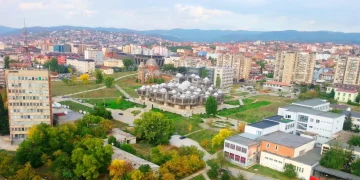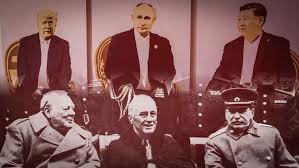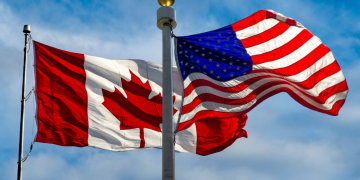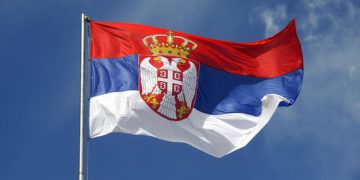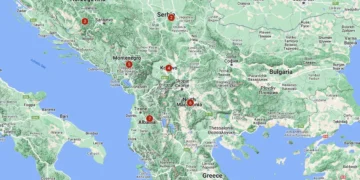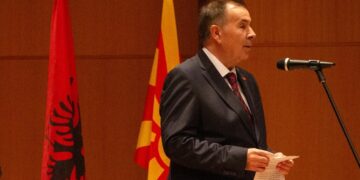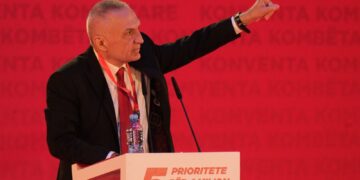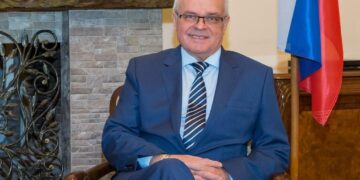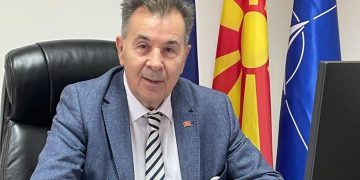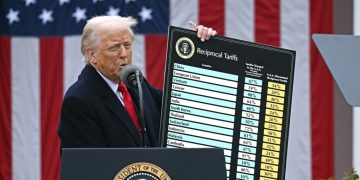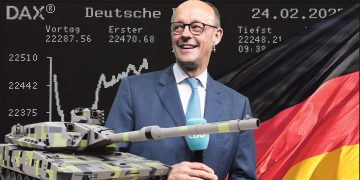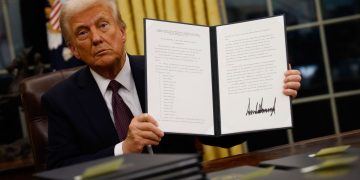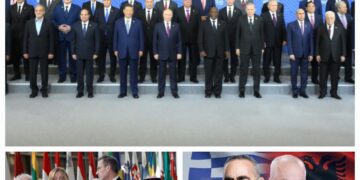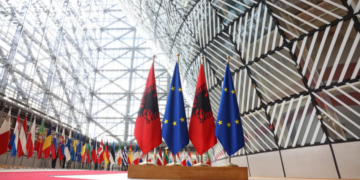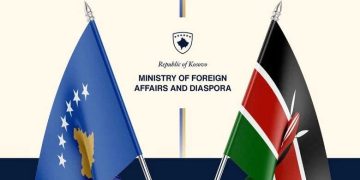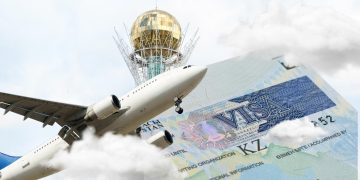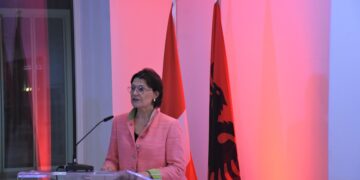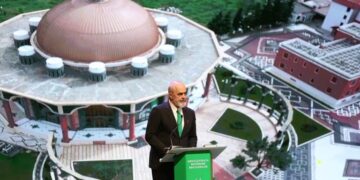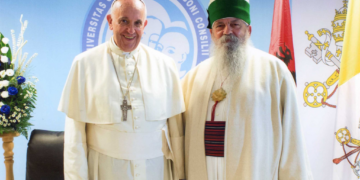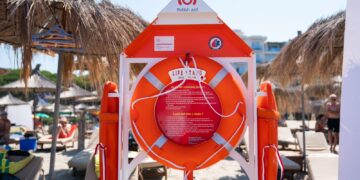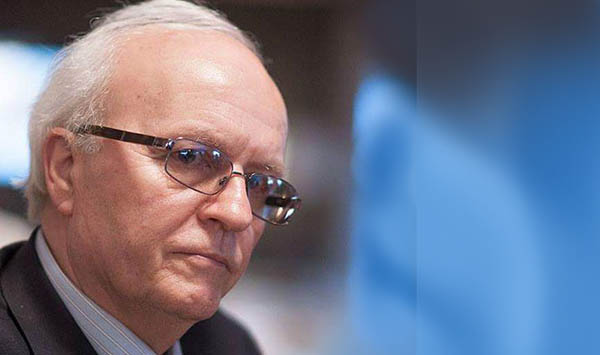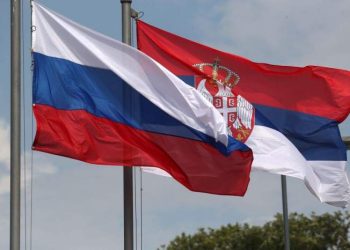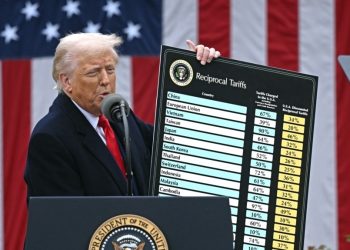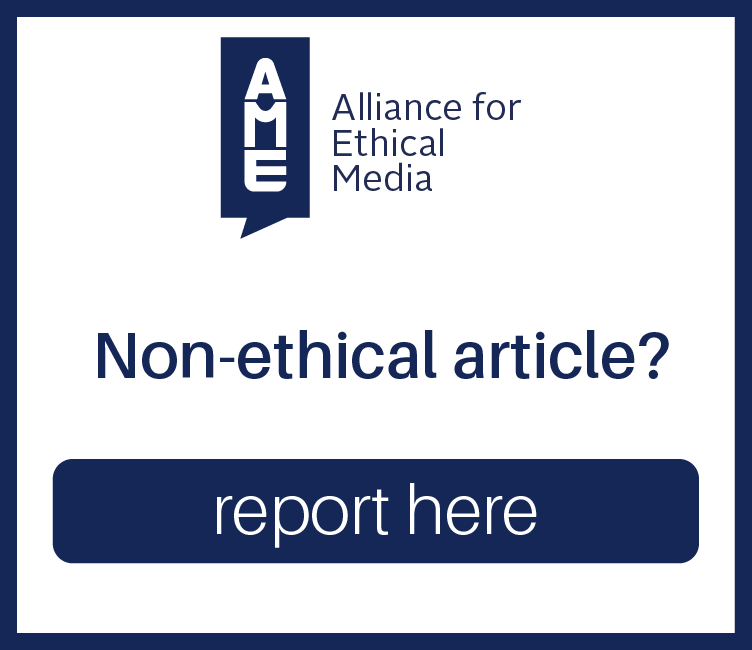By Genc Mlloja
When China announced the initiative of Cooperation with Central and Eastern European Countries (CCEC) dubbed the 16 + 1 mechanism in 2012, it was viewed with skepticism but also suspiciously by various major powers, the main traditional foreign actors in this vast region of Europe. Even any participants in this enterprise had its reservations. Eight years since then this project of cooperation between the CCE countries and China, which was considered as a ‘delayed actor on this scene at that time by some circles, not only has changed its format becoming 17 + 1 with the energetic involvement in it of Greece in 2019, but has become one of the most important promoters of the development of this huge region of Europe in various sectors of infrastructure, transport, trade, logistics, as well as health, culture, education and other areas of common interest.
Thus the participants of this great project, although belonging to different geostrategic interests created by the alliances formed after the Second World War or even later have become protagonists and beneficiaries, finding the willingness of its initiator, China to develop it for the benefit of their socio-economic development. But also they try to turn it into a bridge between China and the European continent as in the old days known as the ‘Silk Road’ now called ‘One Belt, One Road’, as well as the connecting point with the European Union.
Among the main events of the course of this initiative, which include China, Albania, Bosnia and Herzegovina, Bulgaria, Croatia, the Czech Republic, Estonia, Hungary, Latvia, Lithuania, Northern Macedonia, Montenegro, Poland, Romania, Serbia, Slovakia, Slovenia and Greece are the summits which are forums where an overview of achievements is made and the projects of the future are presented. The ninth summit was scheduled to be held in China in the second half of 2020, but due to the outbreak of the COVID-19 pandemic, its format was changed to a visit by diplomatic representatives of the respective countries to Suzhou City and the local county of Kunshan. The previous meeting of 2019 took place in Dubrovnik, Croatia, where Greece formally became a full member of this cooperation mechanism; Chinese Prime Minister Li Keqiang was among the participants.
But despite the extraordinary times of this sudden global crisis with tragic loss of life and extremely severe economic consequences on a global scale, the Chinese authorities as the host country did not fail to maintain the innovative and inspiring spirit of this cooperation project by turning it into a festive ceremonial scheduled on 5th to 6th of December in Suzhou city and local county Kunshan and an artistic performance with the participation of Chinese and European artists is among its main activities.
Not coincidentally Suzhou and Kunshan
Although not in the envisaged format, the activity in Suzhou and Kunshan related to the 17 + 1 mechanism adds to many important events having recently been held in China and it is to be singled out two significant events for China but also internationally such as the signing of the Comprehensive Regional Economic Partnership (RCEP) which includes the 10 ASEAN economies together with China, Japan, South Korea, New Zealand and Australia, which provide about 30% of global GDP, as well as the organization of the Chinese International Import Fair earlier this month. These two events, among others, were part of the effort to create greater opportunities for markets, investments and growth for all countries with the aim of each of them to materialize their own development.
Suzhou, located in Jiangsu Province along the Yangtze River, also known as the ‘Venice of Asia’, has a lot to offer to the representatives of the respective countries of the 17 + 1 mechanism considered as one of the most beautiful cities in China. A journey of about 30 minutes from Shanghai by high-speed trains and you are in the place where silk was first produced around 2200 BC and is known for its highest quality silk products. And since tourism is a success story under the 17 + 1 mechanism, it is worth noting that Suzhou reveals a variety of museums and supermarkets and shops with characteristic items of Chinese culture of all times, a lively life with a modern transport. But the magic is the Ancient Grand Canal where a trip along the river is a real miracle; I have been fortunate enough to enjoy such a thing in this city whose origin is a series of interconnected settlements through numerous water canals.
Lake Jinji as well as its numerous fountains are an illuminating necklace of the city and the night is enchanted by a true ‘festival’ of lights. But the other view is the modern city with numerous shops and supermarkets where there are entire floors to offer a variety of products, shows and other entertainments. They do not say in vain: Do you want nightlife – go to Suzhou!
Meanwhile, Kunshan in Suzhou region is considered the richest county in the southeastern province of Jiangsu. According to official reports, this city has the fastest economic growth nationally and foreign direct investment reaches high levels of many billions. Known as an innovative area of New Hi-tech industry Kunshan has become one of the development models introduced to the Chinese economy by the opening launched 40 years ago in 1978 under the leadership of Deng Xiaoping when few had understood exactly his legendary expression that “it does not matter if a cat is black or white while it catches mice.”
In this super industrial city are concentrated industries for products in the field of informatics where the development of new technologies is applied and which are based on continuous innovation. There are thousands of companies specializing in all sectors of electronics and information technologies, which, in the good sense of the word, have become the ‘envy’ of other parts of China but also of the world.
China-Europe train of hope…
The fight against the coronavirus pandemic, which was the cause of the change to the format of this year’s 17 + 1 Summit as for the vast majority of activities of this nature worldwide, has in fact turned into one of the most important areas of Chinese anti-Covid contribution in the framework of the mechanism 17 + 1. And among the contributors to facilitate this delivery of this assistance are the greatest achievements in the field of transport, mainly the railway part of the mega project “One Belt, One Road”. This part of the objectives of the two complementary initiatives – the infrastructure and transport – has become a symbol of China’s rapid supply of much-needed anti-Covid equipment to all European countries, especially in the first months of the pandemic because it found unprepared most of them, including Albania.
One fact that speaks volumes is enough: the China-Europe freight service network has made 10,180 trips as of November 5 this year, and the number of packages of medical equipment shipped to Europe has exceeded the 8 million parcels this year. Overall, since the outbreak of the pandemic, China has played a major role as the largest supplier of anti-Covid materials to more than 150 countries and international organizations.
There are several points from where Chinese freight trains depart for Europe such as Chengdu in the southwestern Sichuan province, Horgos port in the Xinjiang Uyghur Autonomous Region in the northwest, Xuzhou in the east, Manzhouli in the Inner Mongolia Autonomous Region in the north, and so on.
While the end points of freight trains coming from China to Europe are, among others, Nuremberg and Hamburg in Germany, Tilburg in the Netherlands, Prague in the Czech Republic, Warsaw and Terespol in Poland, Milan in Italy, etc.
In this frame it is appropriate to refer to what Chinese President Xi Jinping stated in his greeting letter to the participants of a three-day conference held in China on the subject ‘Understanding China’ on November 20, 2020, in which he noted that the world is undergoing unprecedented changes in a century and the sudden shock of COVID-19 is a fresh reminder that humanity is a community that has a common destiny.
Xi stressed in the letter that humanity needs more than ever to strengthen cooperation to overcome difficulties. He underlined that the fifth plenary session of the Central Committee of the Communist Party of China has drafted comprehensive plans for China’s development in the 14th Five-Year Plan (2021-2025), and he underlined that China is close to achieving the objectives of building a moderately developed society in all areas and eradication of poverty.
The two- day activities of the participant countries of 17 + 1 mechanism represented by diplomatic envoys in Suzhou and Kunshan is part of the unfolding of the cultural values of Chinese and European artists, a ‘décor’ that proves that even in the most severe conditions of the ongoing extraordinary difficulties multilateralism finds its own ways of cooperative communication also through art as a triumphant means against the evil. /CRI online
© Argumentum.



